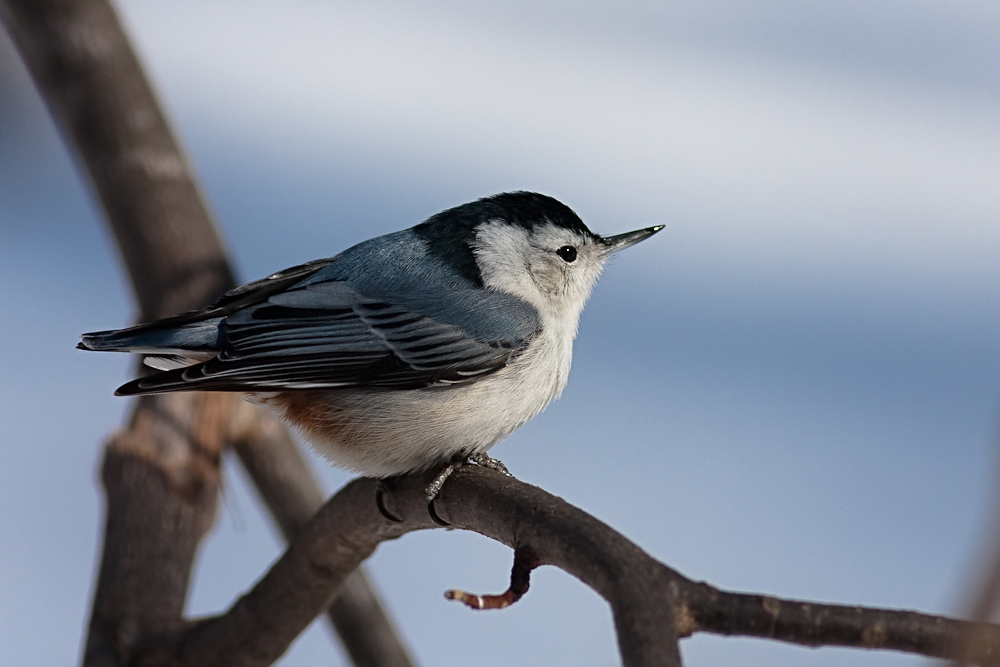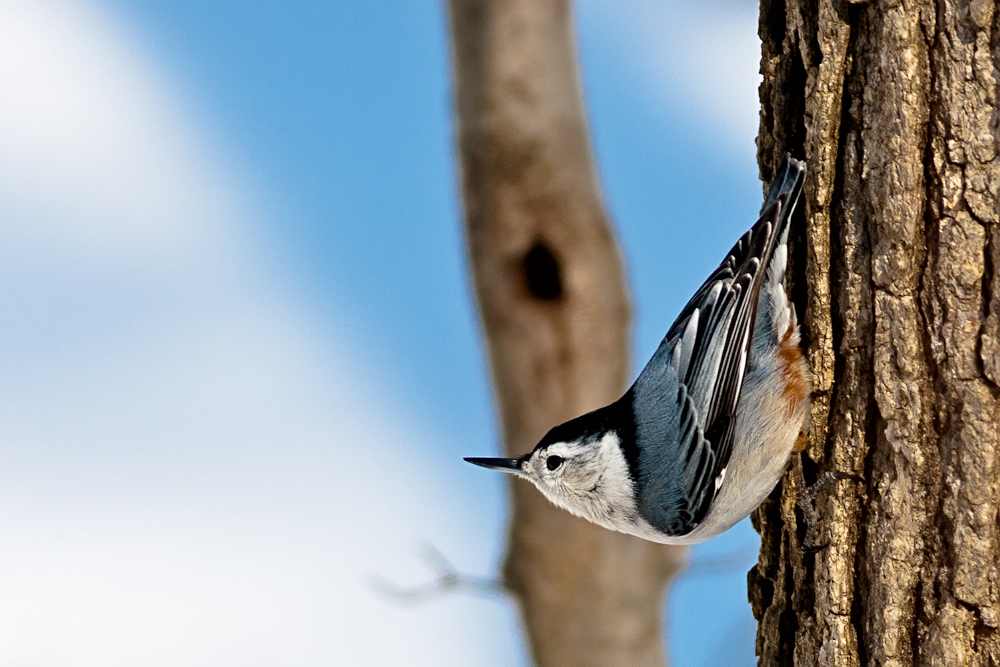Wilder than One Might Think
Sometimes the skiers are wilder than the birds. This guy is among the best I have seen down there.
They are not really "street legal." There is suppose to be a second person in the boat who is keeping an eye on the skier and not driving the boat.
This guy really knew how to get some air out of a fairly small wake.
I don't think you could do the same maneuver with actual ski's, but I have never skied so I am not sure.
I wasn't able to get this guys information to send him the photos although I bet he would have loved to have them.
The gentleman who allows me to use his dock told me a story about how his daughter was dating a pilot one time who flew pontoon boats. He flew in and landed on the river and they hooked up a skiing rig to the plane and she skied behind the plane. He said the pilot was doing about 70 mph! He was flying on this same stretch. Now, that would be wild!




















































